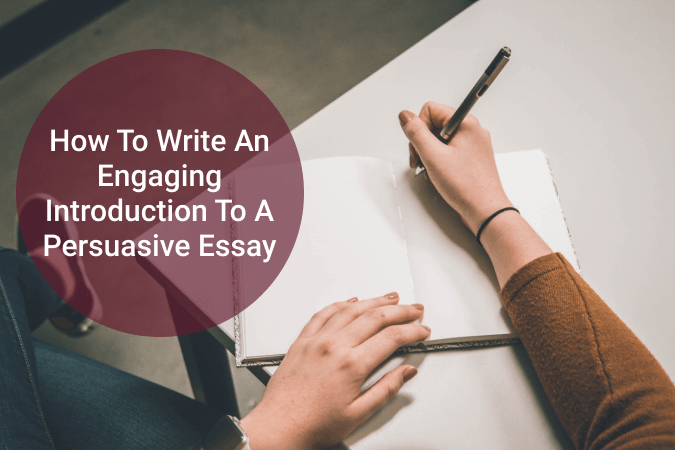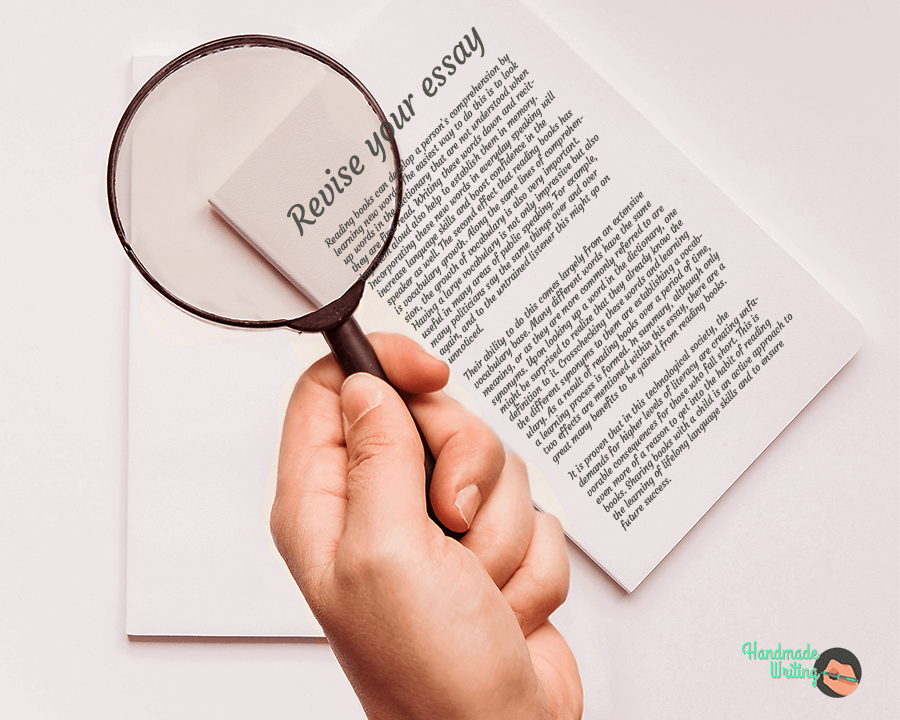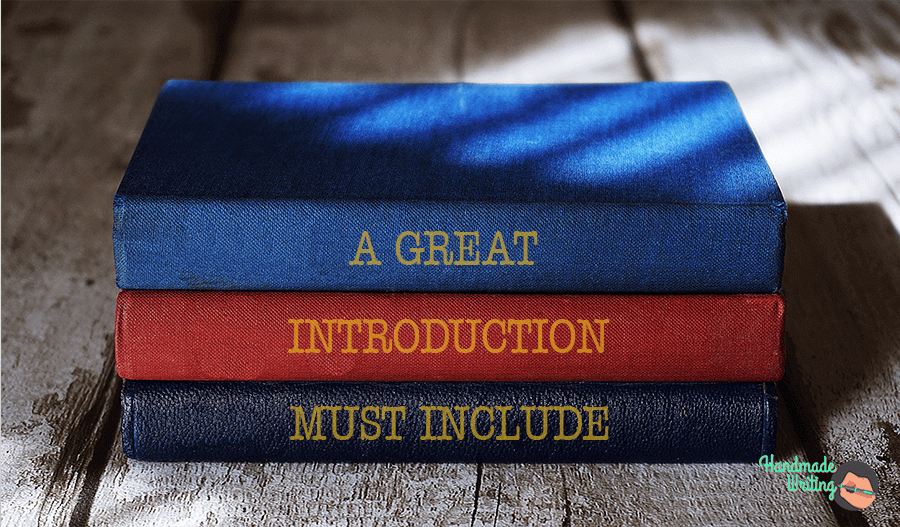:max_bytes(150000):strip_icc()/GettyImages-180587558-1332a5b86e5b4ca691e49390bd447f4c.jpg)
The idea is to express an opinion or to take a stance about something, and then to support that opinion in a way that convinces the reader to see the subject the same way you do.
Descriptive writing is used in depictions of fictional and non-fictional characters, poetry, parts of book reports, and in various kinds of observational writing.
Expository writing is to-the-point and factual. This category of writing includes definitions, instructions, directions, and other basic comparisons and clarifications. Expository writing is devoid of descriptive detail and opinion.
This is a crucial skill. Students will need expository writing not only in school, but also in many potential careers that aren't primarily writing-oriented such as teaching, video production, and design. Students must be able to organize their thoughts, follow a plan, and in higher grades, conduct research to support their theses.
Expository
For example, if your child is asked to write about his favorite ride at an amusement park, he might note the name of a roller coaster and what it looks like, as well how the rush of wind in his hair felt as he zipped through the air, what the sound of the ride car clicking up the tracks was like, and so on. In upper grades, a student's descriptive writing should be more subtle and nuanced, using figurative and metaphorical language (It was the cherry on top of a wonderful day.)
Starting in elementary school, children begin to recognize that stories and texts follow specific writing types, which serve particular purposes. The four writing types that students will explore include narrative, descriptive, expository, and persuasive.
When your child comes to you for help with a writing assignment, the first thing you probably do is ask what the topic is. But it's also important to find out how the instructor expects the writing to be framed and what techniques or styles are expected to be used in the work. There are four basic types of writing that students will learn as classes become more writing-intensive.
Persuasive writing is a more sophisticated type of writing your child will be introduced to around fourth grade. Strong persuasive writing is like a debate played out in written words.

The conclusion. The conclusion should restate the main argument and supporting points. After all, the point of a persuasive essay is to convert your readers to your point of view.
Support your argument. Use hard facts. You can gather these from your research, observations, or personal experiences. But be careful! In order to avoid plagiarism, you must cite your sources. You should always use verifiable statistics. It is important to be able to back up your argument with data. In order to further strengthen the argument in your persuasive essay, try using one or two direct quotes from experts on the topic. Finally, provide meaningful examples to enhance and clearly illustrate your argument.
The introduction.The introduction in your persuasive essay should grab the readers' attention and provide background information about your subject. It should end with a clear statement of your thesis.
The body. The body should consist of all the arguments that support your thesis. Each paragraph should focus on one particular point. Next, include one or two paragraphs to succinctly explain and refute the most compelling opposing argument.
How to organize your persuasive essay
Think about the structure of your essay. Determine what evidence you will include and the order in which you will present it. Remember, it must be logical.
A persuasive essay uses reason to demonstrate that certain ideas are more valid than others in academic writing. The purpose of such an essay is to encourage readers to accept a particular viewpoint or act in a particular way. A persuasive essay must be based on sound logic and must contain factual evidence to support the argument.
Know your audience. Determine if your audience will agree with your position and why they may not. You must be able to understand both sides of the issue in order to successfully argue your point of view.
Thoroughly research your topic. The point of a persuasive essay is to provide detailed and compelling evidence—you should be able to disprove the opposing argument. It will likely be necessary to undertake library-based research in order to accomplish this.

An essay outline is an important element of every essay paper. It allows you to bring together the entire paper’s elements properly and assuring a requested essay format. An essay outline can be used as a writing plan. It allows you to deal with every part of an essay accurately. Moreover, an essay outline makes it easier to come up with every separate argument, its supporting evidence, important facts, concepts, and explanations.
You can use various quotes, anecdotes, interesting facts, or controversial sayings in order to start your essay effectively. Use any available persuasive tools to support your point of view. Do not hesitate to write down your unparalleled ideas even if they look too provocative. Follow the writing requirements when completing an essay. Be very attentive to details and make sure to check an essay a few times before submitting it.
A conclusion is the closing part of an article. You should make it short and concise. There is no need to bring new arguments and relevant evidence in this part of your research paper. Summarize your arguments and findings in order to provide a final message. Avoid reminding the same information from the body part. You should bring all central points to a logical ending in conclusions.
A persuasive essay has a standard essay structure. Often, writers prefer a 5-paragraph essay format the most. In general, an essay requires a strong and attention-grabbing introduction, informative main body parts, and a short and snappy conclusion.
Additional Elements of a Persuasive Essay
You can write down an essay outline, and use it to organize and format your research paper focusing on the central thesis statement throughout an entire paper. Pay enough time to prepare a good essay outline. The accurate structure is one of the most crucial characteristics of your paper. The college professors and school tutors pay a lot of attention to a proper structure and format of an essay while checking every written piece.
Be ready to spend your time checking your completed paper a few times. You must submit an original and flawless written piece. Pay your attention to the opening paragraph since you need to gather your readers’ attention and make them read your entire essay. Assure engaging and interesting beginning of your article. This is the best way to intrigue and to motivate your audience.
When you need to perform a perfect persuasive essay, be ready to pay a lot of your time and effort. It can be difficult to write an essay at first. Moreover, you need to pay your attention to every aspect of your paper. In fact, you need to share your point of view where making strong points, use strong words, and convincing conclusions. An attention-grabbing introduction is necessary. It assures the fact that your readers will read the entire essay eventually.
There is no need to write down all the arguments and supporting evidence into this part. You will write them down into the main body part. State a brief and informative thesis statement. Always check your paper before submitting it to your tutor or college professor.

Finally, here’s where the persuasive essay is a bit different than other academic essays: the call to action. In this type of essay, the conclusion should offer a call to action
- Introduce all sides of the issue
- Provide key background information relevant to the subject
- Clearly state which side is stronger, and why
- Formulate body paragraphs
This article will cover the main steps of writing a good persuasive essay. Let’s get straight into it.
As you’re conducting research, save yourself some time and organize the ideas as you find them. All of your claims should be supported with proper examples – illustrate ideas with the help of vivid examples. Reflecting on your own real-life experiences can be just as good as using more conventional examples.
Hints for a Great Conclusion

Once you are through with the seven steps of persuasive essay writing, you can happily enjoy what you have accomplished. Feel free to submit the final piece to your professor/instructor.
It is a piece of academic writing that clearly outlines the author’s point of view on a specific issue or topic. The main purpose behind this type of paper is to lay out facts and present ideas that convince the reader to take the author’s side (on the issue or question raised).
Not sure how a subject could have more than merely two sides? Let’s take a look at a typical persuasive essay assigned in social studies or history class: what kind of government is the best? In order to answer this question, the student would have to acknowledge and consider the most common forms of government including a democracy, theocracy, dictatorship, and monarchy. A well-written persuasive essay would introduce all the forms and define them in the intro before delving into the strengths and weaknesses within the body paragraphs.
Outlines are a useful way to see what you’ve found, and what you still need to find to create a strong, balanced argument regarding the topic of your essay. By creating an outline, you’ll be able to see if you’ve found information that supports the idea within the topic sentence for everybody paragraph or for only two out of the three. The outline also helps you create an argument that flows. Remember: body paragraphs should always be organized weakest to strongest—that way the audience is left with the best paragraph.

Once you’ve mastered this structure, feel free to add more body paragraphs as you see fit. But don’t overwhelm your reader with too many reasons. If you begin with a clear and precise thesis statement and fuse it with solid facts, you'll be well on your way to delivering a pitch-perfect persuasive essay.
What do you want readers to do after reading your essay? Think of what action they can take once they are convinced of your point. These actions can range from letters to the school board, signing petitions, donating to worthy causes, or speaking out on the same issue.
While persuasive essays focus on one point of view, argumentative essays acknowledge differing opinions and perspectives. Argumentative essays use logic and rhetorical devices to convince an audience to consider the author’s argument. They require more facts and evidence than persuasive essays to be valid arguments.
Although you may feel passionate about your topic, you’ll need to use writing skills to fully convince your readers to believe you. With five strong paragraphs, you can formulate a strong persuasive essay.
Call to Action
In order to write a concrete, persuasive essay, you'll need to do your homework on the topic. Familiarize yourself with both sides of the coin: your side and the opposing argument. Preemptively respond to possible counter-arguments from the other side. This will make for a much stronger essay. Don't shy away from a quick acknowledgment of the main point of contention.
Do you have a strong opinion about a topic? If so, now's the time to take that opinion, bolster it, and convince others to "come on your side." Let's explore some tips for persuasive essay writing made easy, including a persuasive essay outline.
Are you trying to persuade an audience by making them worried? Should they feel angry after reading your essay, or sad, or relieved? Appealing to your readers’ emotions is an important part of persuading them to agree with you. A bland essay with a neutral tone isn’t going to be as effective as a fiery statement about what you believe.
A good persuasive essay is going to present compelling facts and statistics. The goal is to move the pendulum so others choose your side, too. You can also research and present moving narratives that will make readers stop, think, and consider your viewpoint.
